Crazy Fry Mukyo(크레이지후라이 무교)
1.2Km 2020-10-30
24, Namdaemun-ro, 9-gil, Jung-gu, Seoul
+82-2-773-7979
A store selling made-to-order tteokbokki. The most famous menu is stir-fried rice cake. A spicy rice cakes specialty restaurant located near Euljiro 1(il)ga Station in Seoul.
Gwanghwamun Deungsim (광화문등심)
1.2Km 2021-07-20
34, Jong-ro, 5-gil, Jongno-gu, Seoul
+82-2-722-2020
A restaurant that’s popular among workers for group dinners, it sells grilled meat. This Korean dishes restaurant is located in Jongno-gu, Seoul. The representative menu is grilled boneless ribs.
Seochon Guest House [Korea Quality] / 서촌 게스트하우스 [한국관광 품질인증]
1.2Km 2023-04-07
28-3, Jahamun-ro 7-gil, Jongno-gu, Seoul
+82-010-3345-9680
Seochon Guest House is located in Seochon, which is becoming a hot place for tourists in Seoul, and precisely on the road to Suseong Valley, whichis filled with interesting stores and is also well-known for Park Nosoo Art Gallery and the House of Yun Dong-ju (poet). Seochon Guest House is nicknamed ‘Jaeminangol (interesting village)’ after Baekseok’s poem ‘Yeowunangol’, with the aim of providing a visit full of interesting experiences. Passing through a garden and entering the main building, the unique charm of this hanok building, the staircase to get to the first floor from daecheong (main floored room), catches the eye of the visitors. In addition, the building is decorated with various stylish objects including paintings and Korean musical instruments. The terrace situated on the first floor offers an open view of the surrounding area including roof tiles of hanok structures and alleyways in Seochon. It is said that Korean novelist Yoon Hu-myeong also appreciated the structure of the guesthouse, saying, “It is an interesting place.” Built in the 1930s, the house, which has many storage places, was taken by the owner couple in spring 2014 as they were attracted by the house during their trip to Seochon. After the repair work, the ground floor of the house was opened for guests from January 2016, hoping that guests could share their daily experiences and stories with each other. The guestrooms and the main floored room on the ground floor are open to guests, with the exception of the first floor, which is used by the owner couple. The living room is equipped with books, a curved TV, and a table. The tasty meal, which is served in the kitchen, consists of rice and soup with six side dishes and is much loved by guests. The guesthouse offers a total of four rooms – Jae Room, which is the most Korean-style room; Mi Room, which has a combined style of a Korean-style room and Western-style room; Nan Room, which is an ideal room for meditation with a beautiful paper window; and Ahn Room, which is equipped with a veranda and a pretty flowerbed. Every room has its separate charm with various comfortable bedding to provide a quiet and cozy bedroom for guests in the middle of the city. Furthermore, the guesthouse holds a pansori (epic chant) performance twice a year. The owner started learning how to sing pansori to promote the Korean culture and tradition to foreigners. When a pansori performance is held, the owner offers traditional Korean snacks and drinks including sikhye (sweet rice punch), sujeonggwa (cinnamon punch), traditional sweets and cookies, and tteok (rice cakes) to visitors, tourists, and performers. Moreover, it provides cultural programs such as a Gukak (Korean classical music) experience, Korean traditional clothes experience, and making Korean food experience, as well as other activities with guests, such as trip to the city wall between Inwangsan Mountain and Bugaksan Mountain, and the Royal Palace Tour to Gyeongbokgung Palace, etc., as well as a trip to a traditional market.
Janganmun (장안문)
1.2Km 2021-03-19
29, Eulji-ro 3-gil, Jung-gu, Seoul
+82-2-755-0673
A barbecue specialty restaurant located near Euljiro 1(il)ga Station in Seoul. The most famous menu is grilled beef brisket. A Korean BBQ restaurant.
Pierre Gagnaire à Seoul (피에르 가니에르)
1.2Km 2019-12-24
30, Eulji-ro, Jung-gu, Seoul
+82-2-317-7181
Internationally renowned as a Michelin three-star chef, Pierre Gagnaire opened his Seoul restaurant, Pierre Gagnaire à Seoul, on October 1, 2008. This is his fourth restaurant following those restaurants in Paris, Tokyo, and Hong Kong. In fact, he was once ranked first among the 100 top chefs in the world. It offers French cuisine featuring innovative and diverse preparation methods with an added artistic touch.
Momoyama (모모야마)
1.2Km 2019-12-17
30, Eulji-ro, Jung-gu, Seoul
+82-2-317-7031
Momoyama is a Japanese restaurant that serves high quality sushi and kaiseki (tasting menu of small, intricate dishes). In addition, the restaurant features a collection of 80 different types of sake along with a sake somelier. The restaurant is also equipped with several private rooms of varying sizes.
HANILKWAN - Gwanghwamun Branch (한일관 광화문)
1.2Km 2021-03-30
50, Jong-ro 1-gil, Jongno-gu, Seoul
+82-2-722-7557
It is a store that has been operating with a long tradition since 1939. This Korean dishes restaurant is located in Jongno-gu, Seoul. The most famous menu is bulgogi.
Marché du Ginseng à Namdaemun (남대문인삼시장)
1.2Km 2023-06-12
25-8, Namdaemunsijang-gil, Jung-gu, Seoul-si
+82-2-752-1012
Le Marché du Ginseng à Namdaemun est situé sur la rue Namdaemun. Ici, 20 boutiques sont ensemble sur le marché. Il y a 7 autres magasin de ginseng dans le centre de distribution de ginseng qui situe au 2ème étage de théâtre de Namdaemun dans le marché de Namdaemun. On peut acheter le ginseng de qualité à un prix de 20~30% de réduction.
Les Visiteurs peuvent acheter ginseng frais et d’autres produits transformés tels que le thé et la poudre de ginseng, ainsi que d'une variété d'aliments orientals du santé: ginseng rouge, miel, champignons yeongji, thé traditionnel, riz marron et adlay.
Comme représentatif du marché traditionnel coréen. Marché de Namdaemun est l'une des attractions touristiques les plus populaires parmi les touristes internationaux.
Hankangouk (한강옥)
1.2Km 2021-03-18
21, Eulji-ro 3-gil, Jung-gu, Seoul
+82-2-777-6678
This Korean cuisine is located near Euljiro 1(il)ga Station, Seoul. A store that sells only the highest-quality Korean beef. The representative menu is grilled Korean beef sirloin.
HiKR Ground (하이커 그라운드)
1.2Km 2024-03-13
Seoul Center, KTO, 40 Cheonggyecheon-ro, Junggu, Seoul
HiKR Ground désigne un centre de promotion du tourisme qui propose des activités notamment autour de la K-pop et des arts multimédias. Le centre est géré par le centre de Séoul de l'Offfice du Tourisme en Corée.
Le nom du centre, 'HiKR', est une combinaison de "Hi Korea" et vise à fournir un vaste terrain de jeux et d'activités pour les voyageurs en Corée.
Au premier étage des lieux, on trouve un espace où il est possible d’apprécier des arts multimédias via l’installation "HiKR Wall" qui diffuse notamment l’oeuvre vidéo "Landscape of the New City" par l’artiste Lee Lee-nam. L’espace diffuse également des vidéos de promotion du tourisme en Corée proposées par des fans de la hallyu à travers le monde. Au second étage des lieux, les visiteurs peuvent créer leur propre clip de K-pop via le XR Live Studio. Au niveau des baies vitrées donnant sur la rivière Cheonggyecheon, on trouve une oeuvre dénommée ''North Wall'' signée de l’artiste Suh Do-ho. Au troisième et au quatrième étage, les visiteurs peuvent profiter de différentes activités interactives autour du tourisme en Corée.
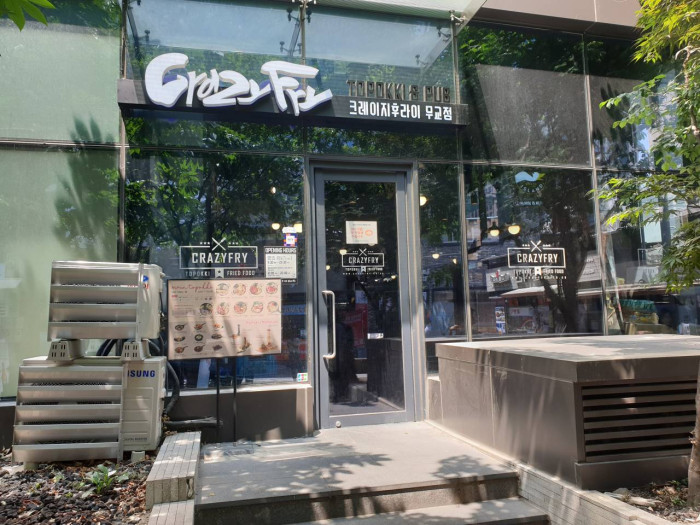
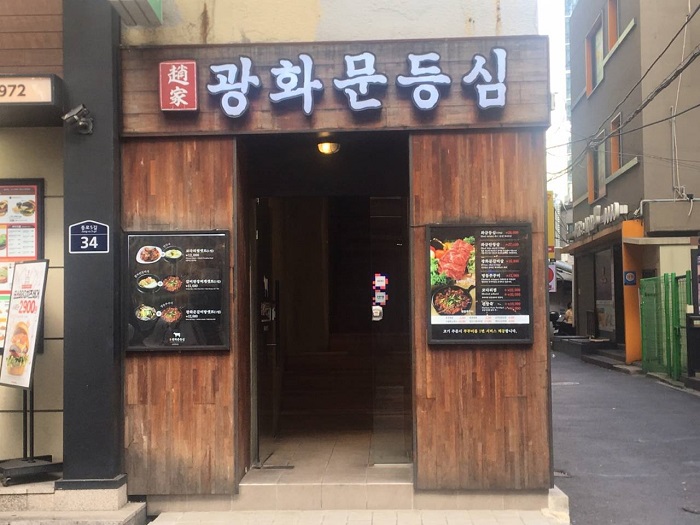
![Seochon Guest House [Korea Quality] / 서촌 게스트하우스 [한국관광 품질인증]](http://tong.visitkorea.or.kr/cms/resource/41/2447241_image2_1.jpg)
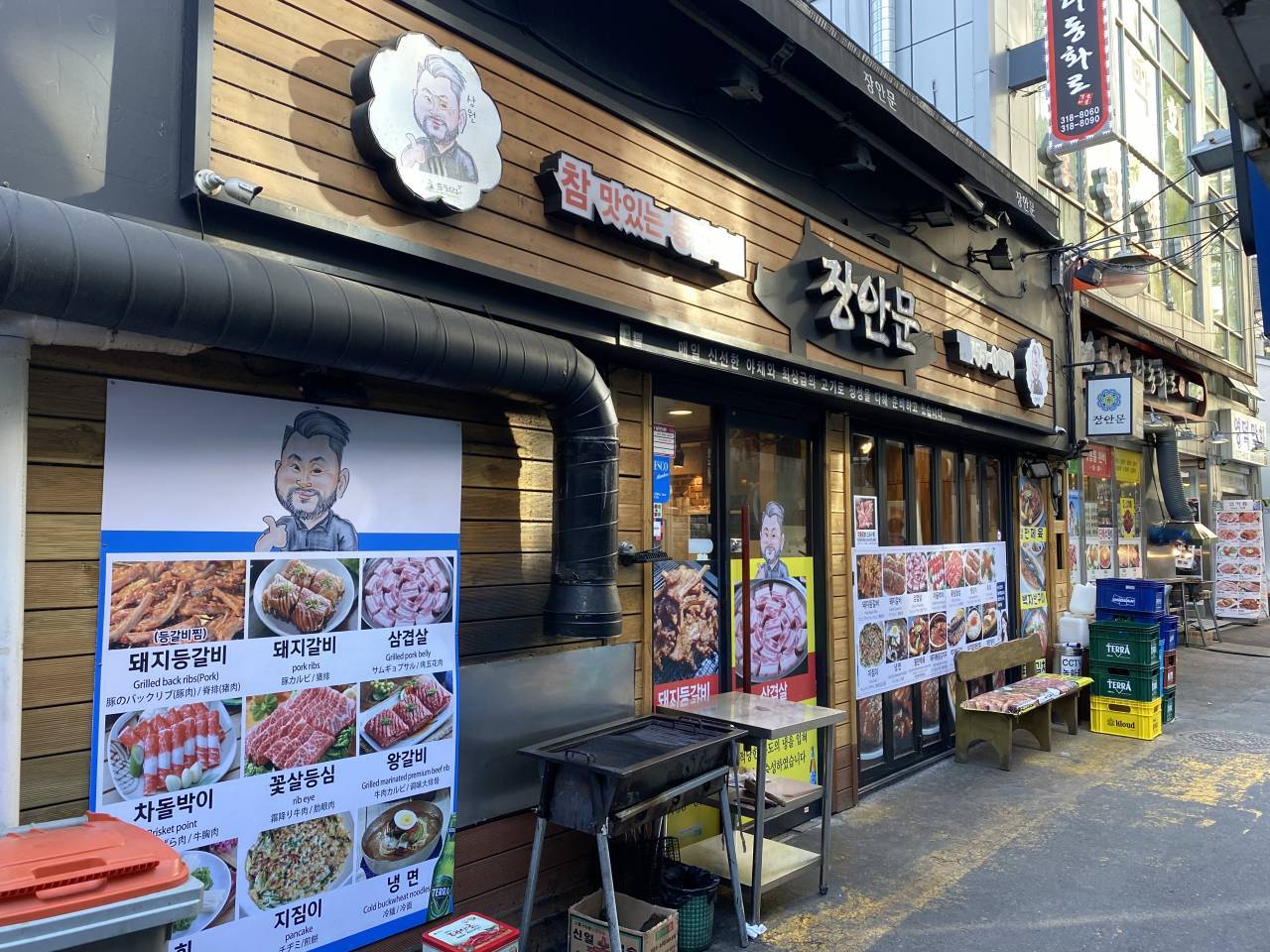

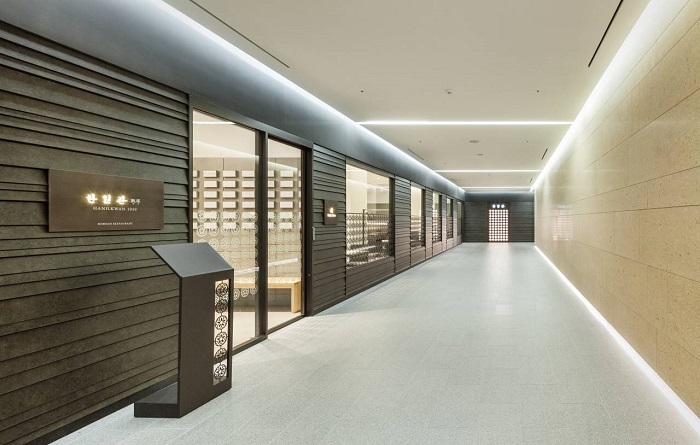
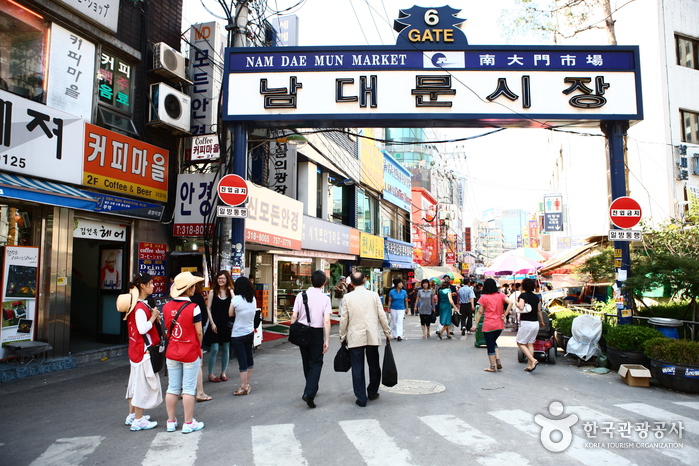
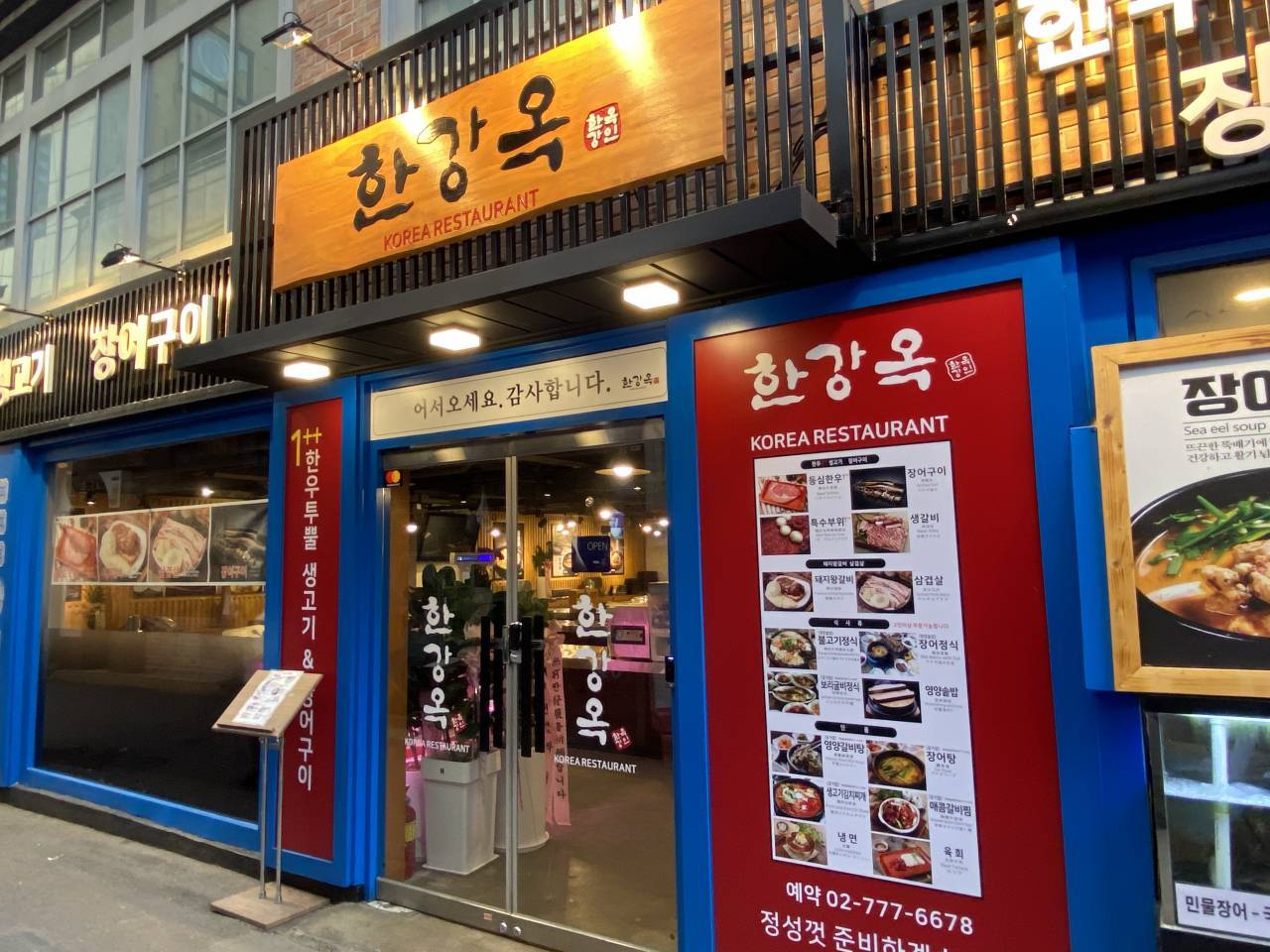
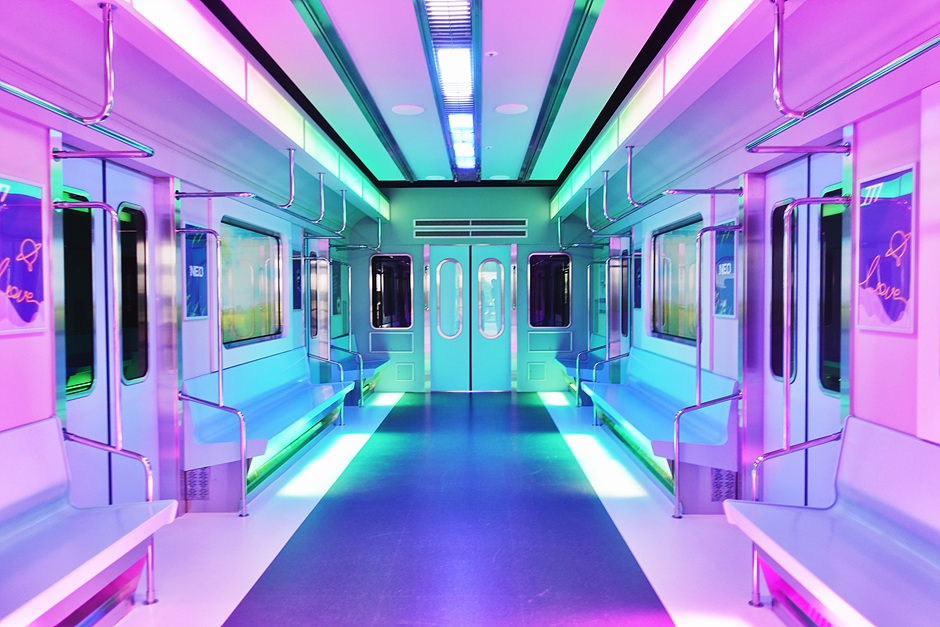
 Français
Français
 한국어
한국어 English
English 日本語
日本語 中文(简体)
中文(简体) Deutsch
Deutsch Español
Español Русский
Русский